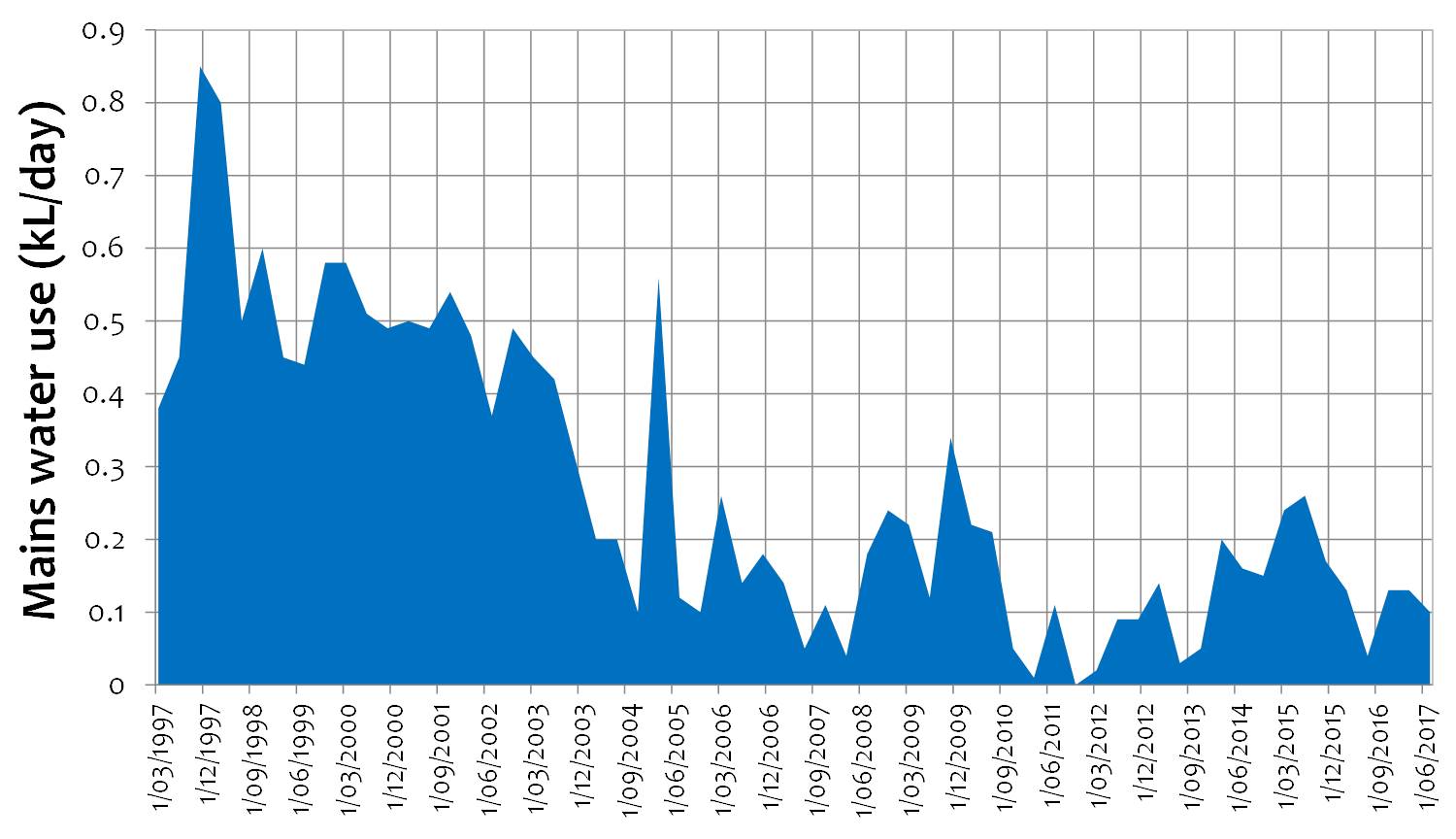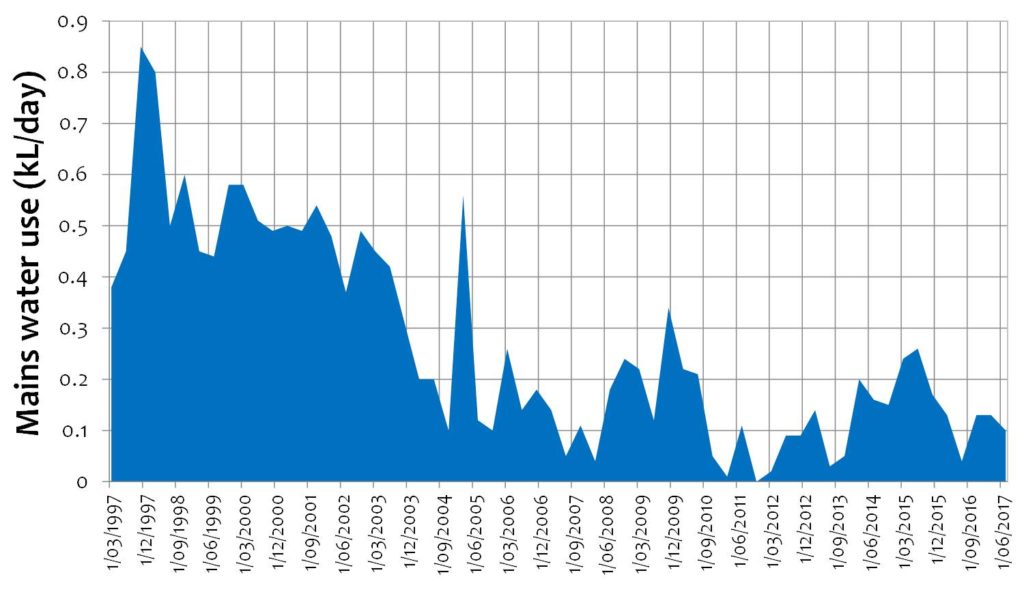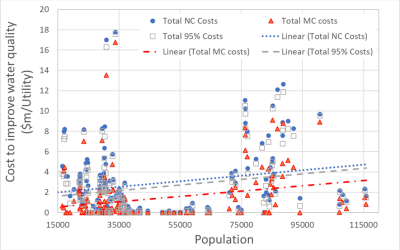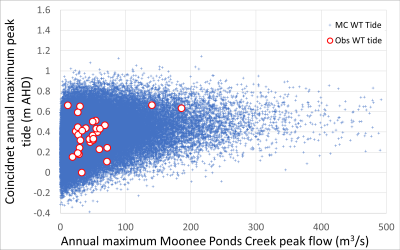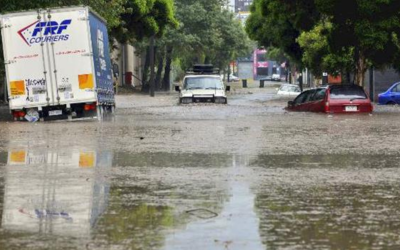Insights from two decades of water and energy monitoring of a house in Carrington – battery storage and rainwater harvesting
Peter J Coombes
Presentation at the Stormwater NSW Conference at 11:20 am on 7 September 2017 at Newcastle Convention Centre
The behaviour of the Carrington house incorporates a range of sustainable measures including rainwater harvesting, water efficient appliances, rain gardens, solar panels and battery storage. The house aims for efficiency and then operates by sourcing rainwater and solar energy first with back up from the grid. All behaviours of the sustainable house have been continuously monitored over a period of two decades. The monitoring programme includes climate, energy, rainwater and mains water use, stormwater runoff, costs, human behaviour and maintenance issues. There were also changes in sustainable infrastructure during the monitoring period including different rainwater bypass and top-up solutions. In addition, the sustainable elements of the house created a range of different interactions with approval authorities and institutions.
This paper provides insights from the two decades of monitoring and experience of operating the house. A key insight is that a house operates as a linked system rather than a collection of isolated elements. For example, the interaction between rainwater harvesting, human behaviour and water efficient appliances created substantial reductions in energy use. However water efficient appliances can also generate substantial increases in energy use. Both the rainwater and solar battery systems have reduced demands by over 70% and have shifted residual demands to off peak periods. Stormwater runoff volumes are reduced by 90% with substantial reductions in peak flows. The Carrington house saved over $2,000 per annum in energy and water utility costs.
The longitudinal data has permitted development of a range of important probability distributions and associated methods for sustainable design – including linked interaction between elements of the sustainability solution and storage levels in rainwater tanks prior to storm events. This information has been included in the continuous simulation model PURRS (probabilistic urban rainwater and wastewater reuse simulator) to incorporate water quality, economics, health risks, vegetation processes, energy and water balances. This paper presents the data and insights from the Carrington house, and modernisation of the PURRS model as a whole of system simulator.

